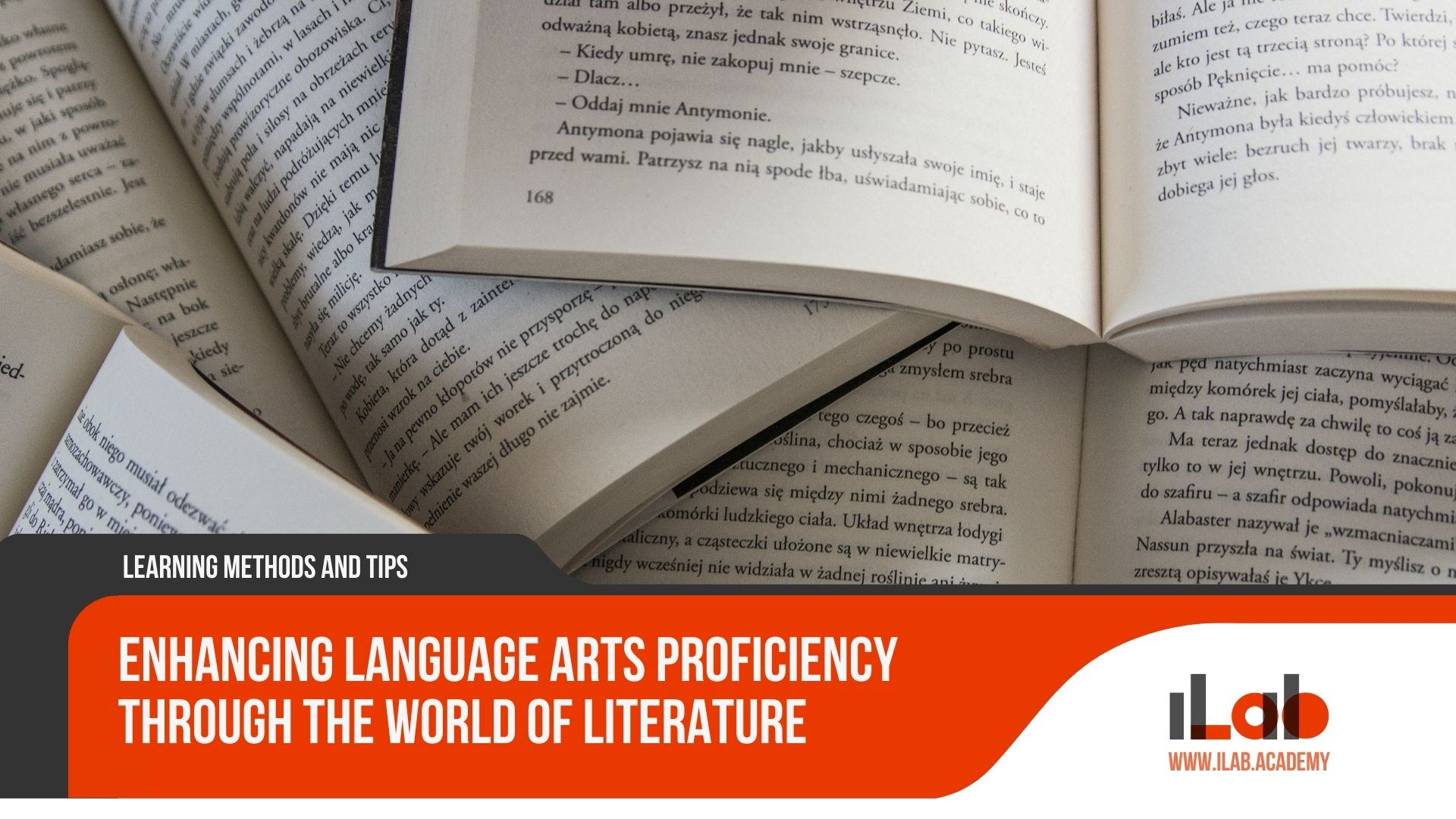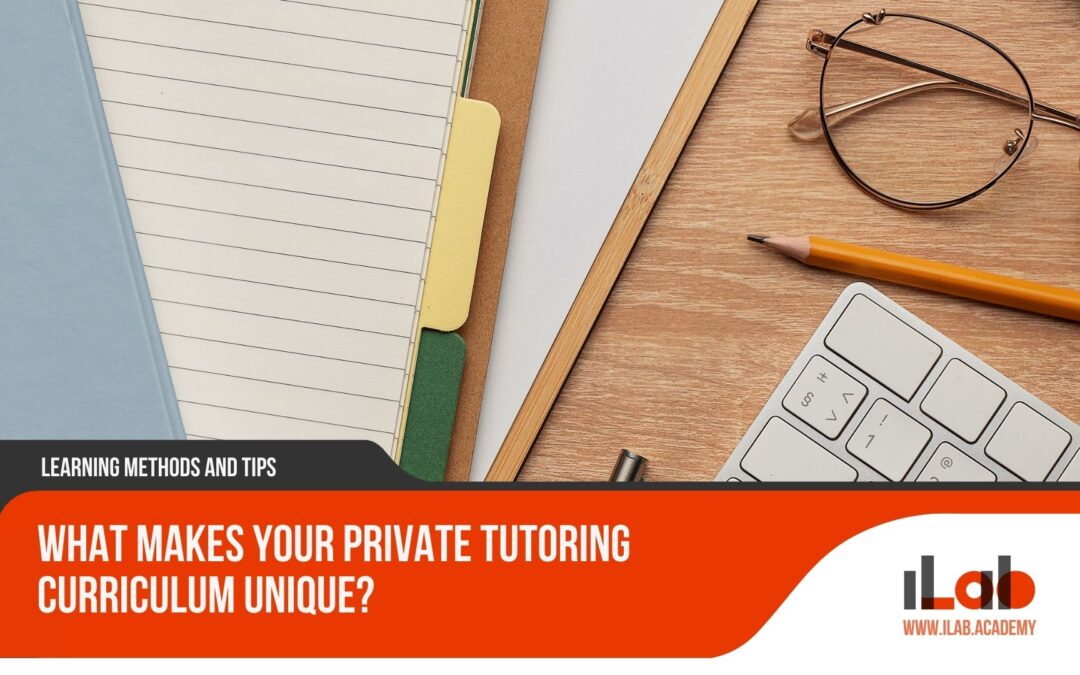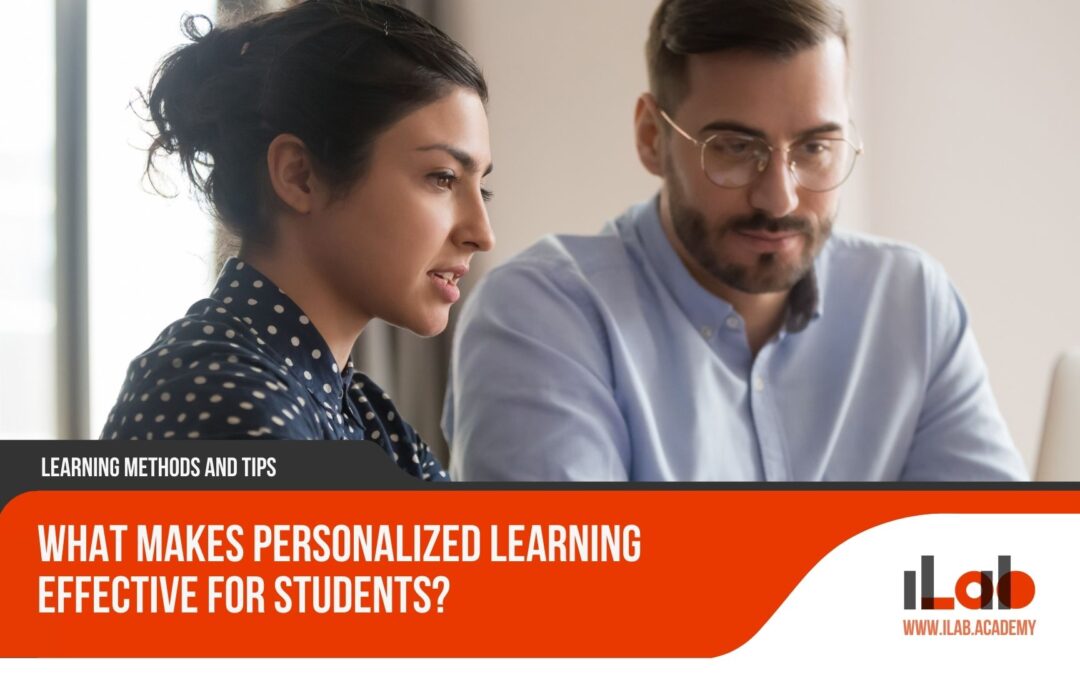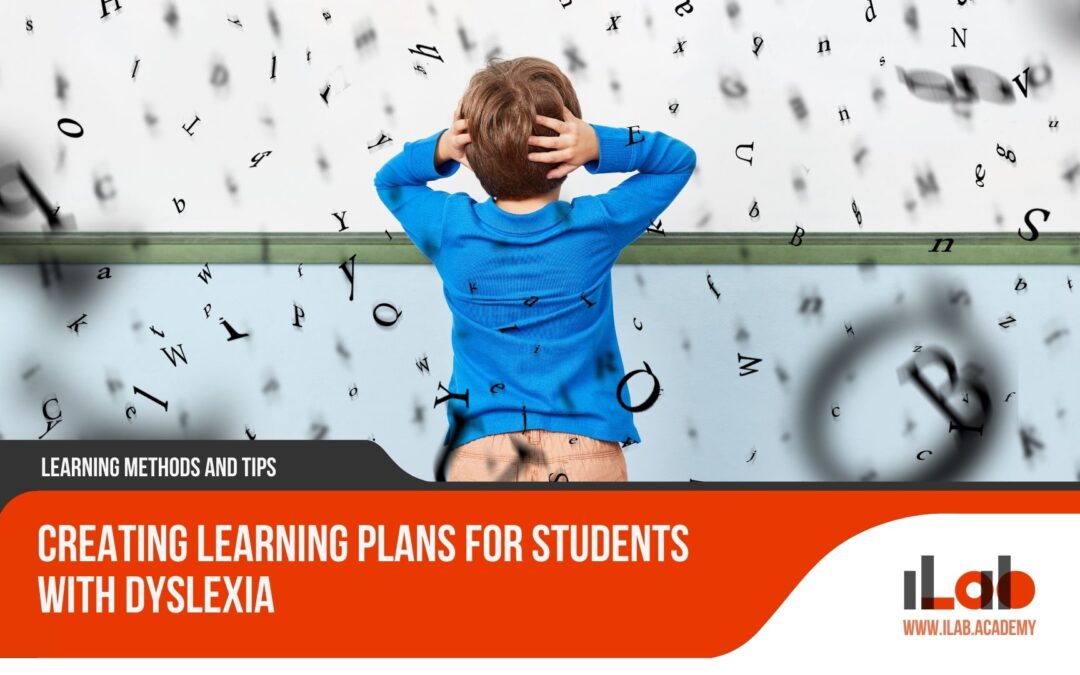Table of contents
Sailing the vast ocean of language, I’ve found that the most effective learning isn’t anchored in rote memorization but rather in a holistic approach that engages the whole person. In my private language classes, I blend cognitive exercises with emotional and social elements, ensuring that each lesson resonates on multiple levels. I’ve discovered that when you knit together the threads of culture, interaction, and personal growth, the result is a rich tapestry of understanding that surpasses mere vocabulary acquisition. This introduction is a window into the strategies I employ to craft lessons that not only teach language but also celebrate the human capacity to connect and communicate across any barrier.
Key Takeaways
- Holistic learning strategies in private language classes emphasize the interconnected nature of educational experiences, considering cognitive, emotional, social, and physical aspects of learning.
- Integrating cognitive techniques such as active problem-solving, critical thinking, and metacognitive skills can help students internalize language concepts and promote higher-order thinking.
- Social-interaction plays a crucial role in language learning, and activities like pair work, group discussions, and language exchange with native speakers enhance communication skills and provide authentic language practice.
- Incorporating emotional intelligence through activities like role-play, discussing emotions in literature, and expressing personal experiences in the language being learned can be instrumental in language acquisition.
Integrating Cognitive Techniques
In my teaching experience, every student benefits from integrating cognitive techniques that challenge their problem-solving and critical thinking skills in language learning. These strategies are more than just a way to memorize vocabulary or grasp grammar rules; they’re about engaging the mind in a manner that ensures the language is internalized and understood on a deeper level.
I’ve found that puzzles, for instance, are an excellent tool. They aren’t just for kids or a way to pass the time. When I use puzzles tailored to language learning, they require students to apply new words and grammatical structures, developing their ability to manipulate the language creatively and logically. Discussing linguistic patterns is another method I use. This isn’t about rote learning of rules. Instead, it’s an interactive exploration of why certain phrases are constructed in particular ways, leading to ‘aha’ moments that cement the student’s understanding.
Self-reflection exercises are equally crucial. They’re often overlooked, but I’ve seen how powerful they can be. When students reflect on their learning process, they develop metacognitive skills that allow them to assess their progress, recognize their challenges, and adapt their learning strategies accordingly. This self-awareness is key to becoming an independent learner.
Each of these activities encourages higher-order thinking, pushing students to go beyond simple memorization. They’re solving problems, analyzing structures, and evaluating their methods. It’s this kind of engagement that leads to true language mastery. And as a teacher, there’s nothing more rewarding than seeing that light of understanding flick on in a student’s eyes.
Embracing Social-Interactive Learning
Pair work and group discussions are methods I’ve often employed to inject a social-interactive dimension into my language classes. These activities are not just about practicing the language; they’re about creating a vibrant ecosystem where learners can thrive through interaction. In my experience, students gain confidence as they navigate through conversations and collaborate on tasks, which in turn enhances their ability to use the language authentically.
I’ve noticed that when students work in pairs or small groups, they’re more likely to take risks with their language use, trying out new vocabulary and structures. This is crucial in language learning, as it pushes them out of their comfort zone in a supportive environment. Moreover, the immediate feedback they receive from peers helps to reinforce correct usage and clarify misunderstandings.
Incorporating language exchanges with native speakers is another facet of this approach that has proven invaluable. It provides my students with real-world practice and cultural insights that textbooks simply cannot offer. Such interactions help bridge the gap between the classroom and the world outside, giving learners practical skills they can use in everyday situations.
I’ve also found that social-interactive learning paves the way for incorporating emotional intelligence into language instruction. As students engage with each other, they develop empathy and better understand the emotional nuances of communication. This is the perfect segue into the next part of our holistic learning journey, where we’ll explore how understanding and managing emotions can greatly enhance the language learning process.
Incorporating Emotional Intelligence
Understanding and harnessing one’s emotions can play a pivotal role in the assimilation of a new language. When I approach teaching with a focus on emotional intelligence, I recognize that learning isn’t just about memorizing grammar rules or vocabulary. It’s about connecting with the material on a deeper, more personal level.
In my private language classes, I incorporate activities that help students identify and express their emotions in the target language. These exercises are not only key for building vocabulary but also for developing empathy and interpersonal skills. Here’s how I weave emotional intelligence into my lessons:
- Role-play Exercises: Students practice real-life scenarios, which helps them navigate social nuances and understand the emotional context behind certain expressions.
- Emotion-based Discussions: We explore emotions in literature, films, or music, delving into character analysis and personal reflections that foster a deeper cultural understanding.
- Personal Storytelling: Sharing personal experiences in the target language cements emotional words and phrases in memory, making them more accessible for future communication.
- Emotion Logs: Students keep a diary of their emotional responses throughout their language journey, encouraging self-awareness and reflection on their learning process.
By embracing these techniques, my students become more attuned to the emotional aspects of language. This not only enhances their communication skills but also makes the learning experience more meaningful and enjoyable.
As I continue to prioritize emotional intelligence in my teaching, I’m always on the lookout for new ways to engage my students. Speaking of engagement, it’s time to transition into the next piece of the holistic learning puzzle: utilizing psychomotor activities.
Utilizing Psychomotor Activities
Body movement integration, a core component of psychomotor activities, is a strategy I often employ to reinforce language learning in my private classes. By incorporating gestures associated with new vocabulary, I’ve noticed a marked improvement in students’ ability to recall and use those words actively. For example, when teaching the word “jump,” we physically jump. This simple act cements the word’s meaning far more effectively than memorization alone.
Acting out dialogues is another favorite technique of mine. It allows students to embody roles, adding a kinesthetic dimension to their language practice. This not only aids in memorizing phrases and structures but also in understanding the flow and rhythm of conversation. It’s one thing to know the grammar rules; it’s another to feel them in action as you move and speak.
Kinesthetic grammar exercises are also invaluable. I’ve developed activities where students physically manipulate objects to form sentences, matching subject nouns with verb conjugation movements. This hands-on approach to syntax transforms abstract rules into concrete experiences, significantly enhancing the learning process.
These psychomotor activities engage multiple areas of the brain, fostering stronger neural connections and better memory retention. They also break the monotony of traditional sit-down lessons, injecting energy and fun into the learning environment. As I guide my students through these physical experiences, I witness their language skills blossom in a more holistic and profound way.
Connecting with Cultural Contexts
Transitioning from the dynamism of psychomotor activities, I delve into the rich tapestry of cultural contexts, recognizing their essential role in deepening students’ language proficiency. Language isn’t just about grammar and vocabulary; it’s about understanding the people and the places where that language lives. I realize that without cultural immersion, language learning can be like reading a book with half the pages missing.
Here’s my approach to bringing cultural contexts into my private language classes:
- Cultural Immersion Days: I dedicate entire sessions to celebrating a holiday or exploring a tradition from the target culture. It’s not just about learning the words; it’s about living them.
- Cooking Traditional Foods: Taste is a powerful sense tied to memory. Through cooking, students not only learn the language of ingredients and instructions but also savor the flavor of the culture.
- Idiomatic Expressions Sessions: Every language has its quirks, and idioms reflect a culture’s history and values. I help students decipher these expressions, making their language use more natural and authentic.
- Historical Narratives: Understanding the past shapes the way we comprehend the present. I integrate stories and significant historical events that have shaped the language, providing context and depth to the learning material.
Encouraging Affective Learning
Fostering an environment that taps into students’ emotions, I’ve found, is crucial for affective learning in language education. When students connect emotionally with the content, their engagement levels skyrocket, making the learning process not just more enjoyable but also more effective. It’s about crafting lessons that resonate on a personal level, sparking curiosity and fostering a genuine love for the language.
To illustrate, here’s a table highlighting key affective learning strategies I employ in my private language classes:
| Strategy | Description | Expected Outcome |
|---|---|---|
| Personalized Topics | Tailor content to student interests. | Increased engagement and motivation. |
| Emotional Expression | Encourage sharing feelings in the target language. | Enhanced emotional intelligence and language depth. |
| Values Integration | Connect lessons with students’ personal values. | Deeper personal investment in learning. |
| Goal Setting | Help students set and achieve personal language goals. | Greater sense of accomplishment and agency. |
| Feedback Sessions | Provide regular, empathetic feedback. | Strengthened teacher-student rapport and trust. |
These strategies are not just theoretical musings; they are practical steps that I’ve woven into my teaching fabric. Personalized topics, for instance, allow me to design lessons that align with my students’ passions, be it music, art, or technology, which naturally motivates them to participate more actively. By integrating their values into lesson plans, I help them see the language as a tool for expressing their identity, not just a subject to be studied.
Moreover, setting achievable goals and providing empathetic feedback creates a supportive atmosphere that acknowledges their efforts and progress. This approach not only boosts their confidence but also cements their commitment to the language learning journey. It’s a multifaceted endeavor, but the results are unmistakably rewarding—students who learn with their hearts, not just their minds.
Application of Technology and Multimedia
I’ve integrated a variety of technological and multimedia resources into my language classes to cater to different learning styles and enhance interactive engagement. The power of technology in the language learning process cannot be overstated; it brings a dynamic aspect to the traditional learning environment and allows for a more personalized approach. Here are some key technologies I’ve found particularly effective:
- Language Learning Software: Tools like Duolingo or Babbel offer structured lessons and immediate feedback, which is crucial for building foundational skills.
- Virtual Reality (VR) Experiences: VR can immerse students in real-life scenarios where they interact using the target language, providing context and a sense of presence that traditional classrooms can’t match.
- Interactive Whiteboards: These allow for collaborative activities and multimedia presentations that make learning more engaging and visually stimulating.
- Digital Storytelling Tools: Platforms like Storybird or Adobe Spark encourage creative expression and help students practice narrative skills in the language they’re learning.
Through these applications, I can present language concepts in diverse contexts, addressing visual, auditory, and kinesthetic learners alike. For example, using VR, a student can “visit” a market in a foreign country and practice bargaining in the target language, which is not only fun but also incredibly effective for retention and practical application.
Moreover, incorporating technology helps prepare students for the digital world they interact with daily. It’s not just about learning a language; it’s about doing so in a way that feels natural and relevant to their lives. By leveraging these resources, I’ve seen a marked improvement in my students’ engagement and overall language competence.
Promoting Lifelong Learning Skills
In my approach to language teaching, I emphasize the development of skills that empower students to pursue language learning independently and continuously throughout their lives. It’s essential for learners to not see language acquisition as a finite goal but as an ongoing journey. To facilitate this, I focus on strategy instruction, which is about more than just the language—it’s about teaching students how to learn.
Strategy instruction involves helping learners develop their own toolkit for tackling new language challenges. This might include showing them how to break down complex grammar into manageable parts, use context to understand unfamiliar vocabulary, or find patterns in language to aid retention. I also encourage them to stay abreast of linguistic trends and incorporate language learning into their day-to-day lives, ensuring that their skills remain sharp and relevant.
To foster lifelong learning, I guide my students in setting their own goals and creating a personalized plan to achieve them. This often means pointing them towards resources they can use outside the classroom, like language learning apps, online forums, or local meetups with other language enthusiasts. I’m a firm believer in the power of self-assessment, so I teach my students how to monitor their progress and adjust their strategies accordingly.
Ultimately, by equipping my students with these skills, I’m not just teaching them a language; I’m instilling in them the confidence and capability to continue learning, adapting, and thriving in any linguistic environment they might encounter. It’s about preparing them for a lifetime of communication and connection.
Frequently Asked Questions
How Can I Assess the Effectiveness of Holistic Learning Strategies in My Private Language Classes?
I’ll assess my teaching methods by observing students’ engagement and progress. I’ll look for increased confidence in speaking, better problem-solving, and a joy in learning. Regular feedback sessions and self-reflection will help me tweak my approach. If they’re interacting more fluently and embracing mistakes as learning opportunities, it’s a good sign that my strategies are working. Their success in real-world communication will be the ultimate test of effectiveness.
What Are Some Common Challenges Teachers Face When Transitioning to a Holistic Approach in Language Education, and How Can They Be Addressed?
I’ve found that shifting to a holistic teaching method can be tough. Many teachers struggle with integrating varied learning aspects seamlessly. I tackle this by starting small, incorporating interactive activities that address different learning domains. I also seek feedback from students to refine my approach. Staying flexible and patient with the transition is key, as is remembering that each change brings us closer to a more engaging and effective educational experience.
How Can Holistic Learning Strategies Be Adapted for Students With Different Learning Disabilities or Special Needs?
I’ve found that adapting holistic strategies for students with learning disabilities requires tailoring activities to their needs. For instance, I use multisensory methods and break tasks into smaller steps. It’s key to maintain patience and provide plenty of encouragement. Leveraging assistive technology also helps, ensuring that each student can engage with the material in a way that works best for them. It’s all about inclusivity and flexibility in my approach.
In a One-On-One Private Language Class Setting, How Can a Teacher Maintain the Balance Between Following a Holistic Approach and Catering to Individual Learning Styles?
In my one-on-one teaching, I strive to balance a holistic approach with personalized learning styles. I’ll integrate activities that engage various learning aspects, yet tailor them to each student’s preferences. For instance, if a student learns visually, I might use more imagery in my lessons. It’s about finding the right mix that addresses the whole learner while respecting their unique way of processing information.
Are There Any Specific Qualifications or Professional Development Programs That Language Teachers Should Pursue to Better Facilitate Holistic Learning in Their Classrooms?
I’m not aware of any specific qualifications required for teachers to facilitate holistic learning, but professional development programs that focus on innovative teaching methods can be beneficial. They often offer insights into integrating cognitive, social, and emotional aspects of learning. I’d suggest looking for courses that emphasize experiential learning, educational psychology, or even drama and arts in education to enhance holistic teaching approaches in the classroom.
Conclusion
In conclusion, I’ve found that the key to unlocking a student’s language potential lies in nurturing their entire being. By blending cognitive methods, social interactions, emotional understanding, psychomotor tasks, and cultural insights, I create a rich learning tapestry. The use of technology and a focus on lifelong learning skills further empower my students. They don’t just learn a language; they live it, breathe it, and carry it with them as they step out as worldly, articulate individuals.











